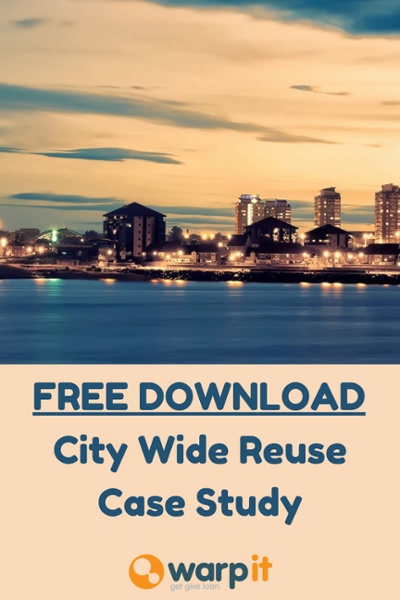Welcome! This article is all about the reuse of surplus assets within and between the University Sector in the UK.
In this series of articles we’re going to review four UK Universities and their respective case studies. We’re going to explore how these universities have used Warp It to make it simple for staff to share surplus assets internally and between agencies in the city to bring massive benefits. We’re going to take you through the process, and show you four videos of universities, or staff from these universities talking about the tool.
Warp It's Daniel O'Connor:
I used to be a waste manager in a large organisation and I’d see this sort of scenario every day. I don’t think surplus assets should ever become waste. Seeing items being disposed of like this is a symptom of a broken procurement system.
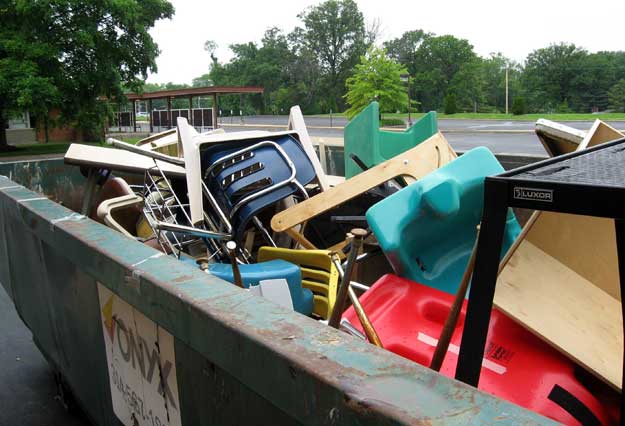
I used to get requests to clear large amounts of furniture from buildings, and at the same time there would be deliveries in the same building of new assets. So, in the same building, one department would be disposing and one department would be buying, and bizarrely with no communication between the two. Because the departments are acting in silos, nobody is communicating about surplus assets.
In response, I built a system which gives staff visibility on what everybody else has surplus to requirements. It’s kind of like Facebook, but for surplus assets. We create marketplaces in organisations. When I say marketplaces, I mean just like Amazon, just like eBay, where staff can go, before they buy new, to check whether the organisation has the items surplus to requirements already. This stops staff from buying things the organisation already owns, and allows them to take the item for free. This system has been incredibly popular, as you can see below.
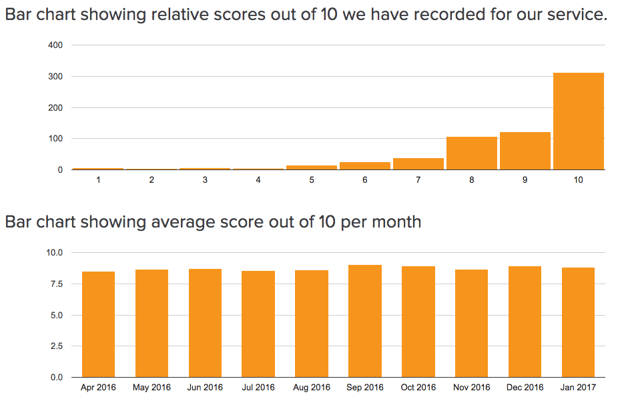
What’s really important is that we have introduced the disposer and the recipient directly, in real time, or in the future. This is to encourage peer-to-peer trades, where assets move directly from the point of disposal to the point of new use. One of the ways we introduce the recipient directly to the donator is through a series of wish lists.
Here’s an example, if you search for a cabinet on our system and you don’t find one straight away, you add a cabinet to your wish list and you’ll get an email whenever anyone else uploads a cabinet. Using this method, we also facilitate when a large organisation has a building move. The building move manager is able to add the assets right now and staff can get visibility of the assets that are going to become available in the future, so that they can plan their procurement needs.
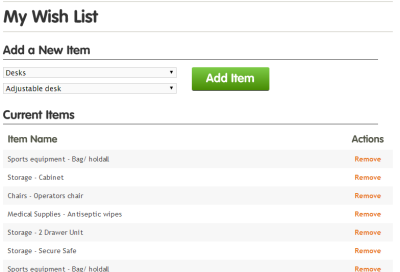
The building manager is able to see how many people are viewing their items that are marked for future reuse. They can then plan for disposals, donations, or whatever they see fit. It gives them more knowledge on where the assets are going to go.
What about storing temporarily unwanted items?
If assets aren’t traded peer to peer within the estate, they can be moved into a store where the staff body can still view the items online. You might have storage on campus or on your estate where you can move assets to, because they aren’t getting traded straight away, peer-to-peer. In this case, we provide an online shop where staff can view what’s available in the storage. When this is online and in a marketplace format, it makes it really easy for staff and increases participation. When you increase participation, you increase impact. It works really well to link up your surplus storage.
New friends!
What’s really interesting about the Warp It system is that if you can’t find homes for your assets within your own organisations, you can link up with other public sectors, charities and not-for-profits. You are able to connect and trade assets inter-agencies. Now, the administrator for the organisation's portal decides who they’re going to be friends with, just like on Facebook.
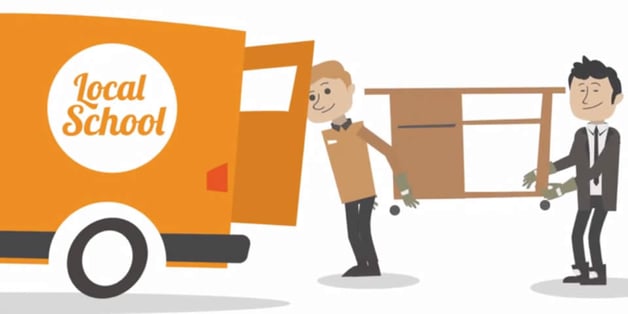
They can then start to trade across organisation boundaries. In many of the cities in the UK we have large densities of big players involved. So, everybody is trading on these organisational level marketplaces, which then turn into town, city, and regional marketplaces, where they will all trade surplus assets between themselves. We’re seeing this happen in quite a few cities in the UK, like London, Sunderland and Glasgow.
One of the greatest things about this process is that through this tool you can find local charities and schools who can accept your surplus assets if you can’t find homes for them internally. When you pass your surplus assets into the not-for-profit sector, often the not-for-profit sector is using the assets in its own operations or selling them onto others. This really increases the impact of your donation. We’ve surpassed the £2 million milestone of donating assets into the charity sector.
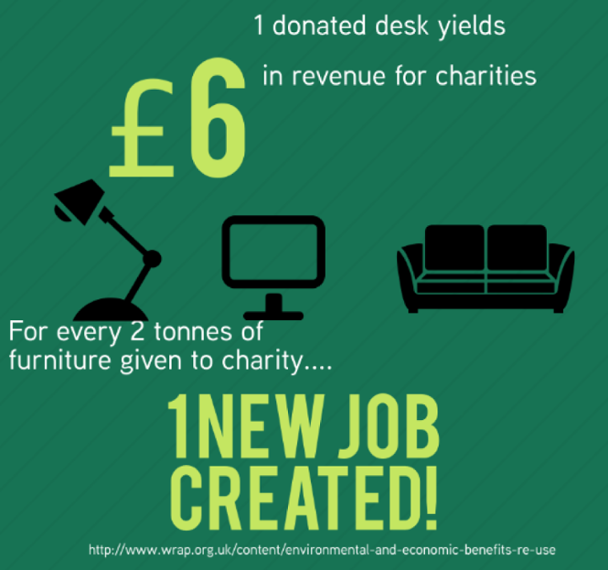
A large part of this process is donating your surplus into the not-for-profit sector, and we generally say that 50 to 60 % of assets trade internally, 30%-40% externally and it’s only about 10% of surplus assets that don’t find a home. One really important part of this process is that as you trade surplus assets internally or externally, we can track the values and the benefits of reusing assets.

When you compile the data to demonstrate the benefits of reuse , and this is really important to do, it increases participation from your staff and it increases impact, so it can be seen as a form of positive feedback. You should also feed it up the senior chain and report it to various committees. Then you can put more resources into making the system better, or growing the system and growing the impact.
In part two, we’re going to look at the first of our case studies, The City of Sunderland.
If you don't wish to read this series in order, you may skip ahead using these links

